Western Kentucky University geoscientist John All was traversing Nepal’s Mount Himlung in May 2014 when the ice collapsed beneath him and he fell into a crevasse, dislocating his shoulder and breaking some ribs. He landed on a ledge, but now he faced a 70-foot climb back to the surface alone without the use of his right arm or upper leg.
“I kept moving sideways, slightly up, sideways, slightly up, until I found an area where there was enough hard snow that I could get an ax in and pull myself up and over. I knew that if I fell at any time in that entire four or five hours, I, of course, was going to fall all the way to the bottom of the crevasse. Any mistake, or any sort of rest or anything, I was going to die.” For the Record – Futility Closet

John Muir on his First Ascent of Mount Ritter, 1872
At length, after attaining an elevation of about 12,800 feet, I found myself at the foot of a sheer drop in the bed of the avalanche channel I was tracing, which seemed absolutely to bar further progress. It was only about forty-five or fifty feet high, and somewhat roughened by fissures and projections. The tried dangers beneath seemed even greater than that of the cliff in front; therefore, after scanning its face again and again, I began to scale it, picking my holds with intense caution. After gaining a point about halfway to the top, I was suddenly brought to a dead stop, with arms outspread, clinging close to the face of the rock, unable to move hand or foot either up or down. My doom appeared fixed. I must fall. There would be a moment of bewilderment, and then a lifeless rumble down the one general precipice to the glacier below.
When this final danger flashed upon me, I became nerve-shaken for the first time since setting foot on the mountains, and my mind seemed to fill with a stifling smoke. But this terrible eclipse lasted only a moment, when life blazed forth again with preternatural clearness. I seemed suddenly to become possessed of a new sense. The other self, bygone experiences, Instinct, or Guardian Angel,–call it what you will,–came forward and assumed control. Then my trembling muscles became firm again, every rift and flaw in the rock was seen as through a microscope, and my limbs moved with a positiveness and precision with which I seemed to have nothing at all to do.


![That Was the Whopper Weekend That Was [Illustrated] welcometohell](https://americandigest.org/wp/wp-content/uploads/2021/05/welcometohell-150x150.jpg)
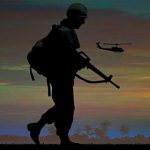
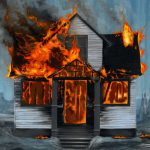

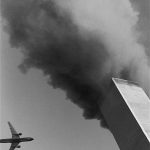

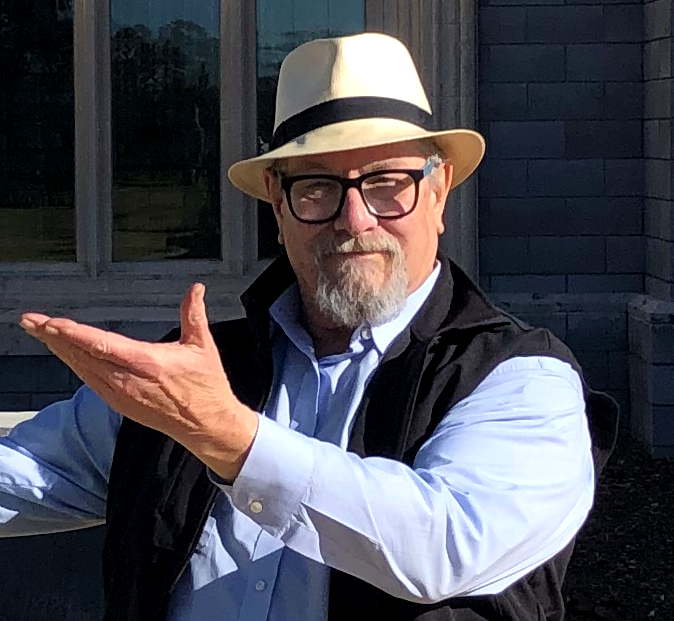 Gerard Van der Leun
Gerard Van der Leun












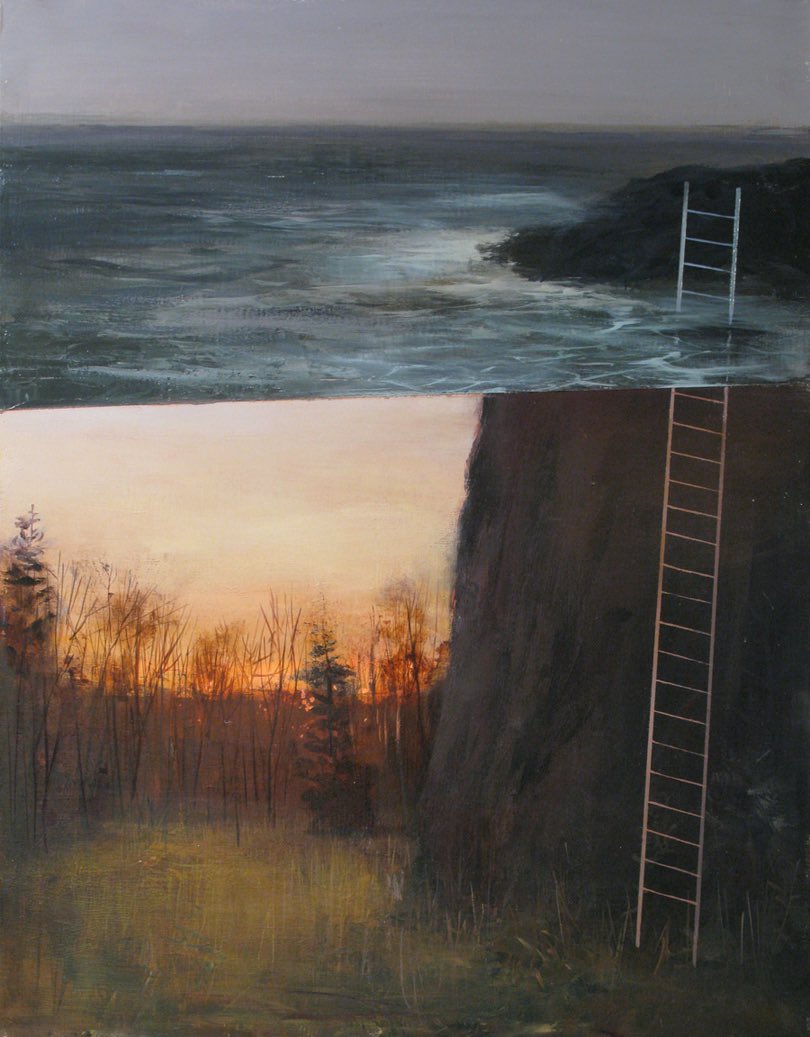



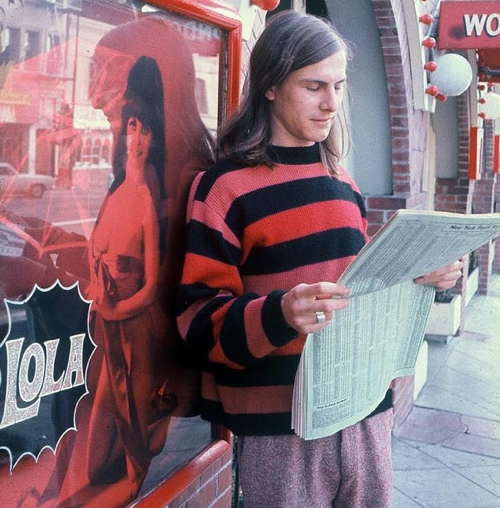

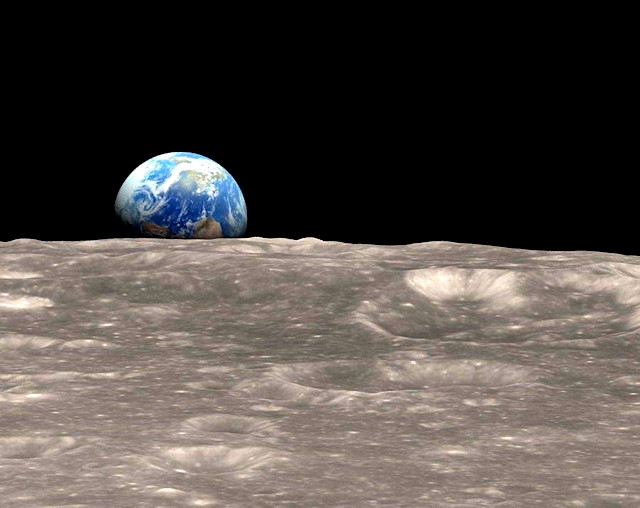





Comments on this entry are closed.
Though All and Muir’s stories are compelling, I wonder how a conversation would go between them and John Wesley Powell.
Two really tough men. I love the image of Powell, with only one arm, going down the rapids of the Green and Colorado Rivers in a wooden boat.
These guys were great, but I’m afraid they are nothing compared to Alex Honnold on El Capitan. Youtube it and you’ll see. You might gain a renewed appreciation of some of today’s yutes.
Gerard, all three men exhibited toughness in their respective adventures. Powell and Muir’s accomplishments, in my opinion, are even more noteworthy because their adventures were undertaken when the gear available to them lacked the modern improvements we take for granted today.
I’ve been inside crevasses, both accidentally and on purpose. The mountains give you precious little margin for error. It was during my days of mountaineering that I learned the uses and meanings of words like “epic” and “heinous.”
Being a life long affirmed flat lander I have never understood anyone’s desire to climb a mountain or worse, trudge through snow and ice that would hide a deep crevasse. There is nothing on the top of any mountain except maybe a view which the joy of seeing doesn’t meet or exceed the effort to do so.
And crevasses, deep dark crevasses, are on my list of subjects for nightmares and horror flicks.
You go up on Mt Rainier, and you can see crevasses that would hold a multi story building from Seattle.